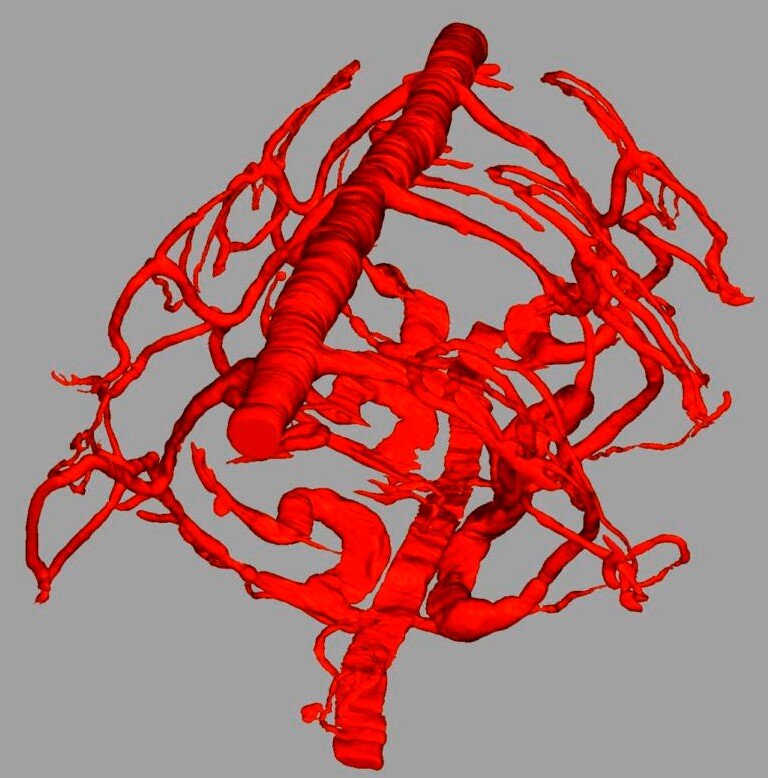
 BMC Evolutionary Biology“width =” 768 “height =” 480 “/>
BMC Evolutionary Biology“width =” 768 “height =” 480 “/>Thanks to the sea worm Platynereis dumerilii, an animal whose genes have evolved very slowly, scientists from CNRS, Université de Paris and Sorbonne Université, in collaboration with others at the University of Saint Petersburg and the University of Rio de Janeiro, have shown that although hemoglobin appeared independently in different species, it actually descends from a single gene passed on to everyone from their last common ancestor. These findings were published on December 29, 2020 in BMC Evolutionary Biology.
Having red blood is not typical of humans or mammals. This color comes from hemoglobin, a complex protein that specializes in transporting oxygen in the bloodstream of vertebrates, as well as annelids (a family of worms whose most famous members are earthworms), mollusks (especially pond snails), and crustaceans (such as water fleas) ). or ‘water fleas’). It was thought that in order for hemoglobin to appear in such different species, it must have been ‘invented’ several times during evolution. But recent research has shown that all of these hemoglobins born ‘independently’ actually come from a single ancestral gene.
Researchers from the Institut Jacques Monod (CNRS / Université de Paris), the Laboratoire Matière et Systèmes Complexes (CNRS / Université de Paris), the Station Biologique de Roscoff (CNRS / Sorbonne Université), the universities of Saint Petersburg (Russia) and Rio de Janeiro, Brazil, conducted this research on Platynereis dumerilii, a small red-blooded sea worm.
It is considered an animal that evolved slowly as its genetic characteristics are close to those of most animals’ marine ancestor Urbilateria. Studying these worms by comparing them to other red-blooded species helped go back to the origins of hemoglobins.
The research focused on the broad family to which hemoglobins belong: globins, proteins that occur in almost all living things and ‘store’ gases such as oxygen and nitric oxide. But globins usually work in the cells because they don’t circulate in the blood like hemoglobin.
This work shows that in all red blooded species, the same gene makes a globin called “cytoglobin” that independently evolved into a hemoglobin-coding gene. This new circulating molecule made oxygen transport more efficient in their ancestors, who grew larger and more active.
Scientists now want to scale up and continue this work by studying when and how the various specialized cells of bilateral vascular systems arose.
What happens to magnetic nanoparticles in cells?
Solène Song et al, Globins in the marine ringworm Platynereis dumerilii shed new light on the evolution of hemoglobin in bilateral patients, BMC Evolutionary Biology (2020). DOI: 10.1186 / s12862-020-01714-4
Provided by Song et al. / BMC Evolutionary Biology
Quote: A single gene ‘invented’ hemoglobin multiple times (2020, December 29) Retrieved December 29, 2020 from https://phys.org/news/2020-12-gene-hemoglobin.html
This document is protected by copyright. Other than fair treatment for the purposes of private study or research, no part may be reproduced without written permission. The content is provided for informational purposes only.